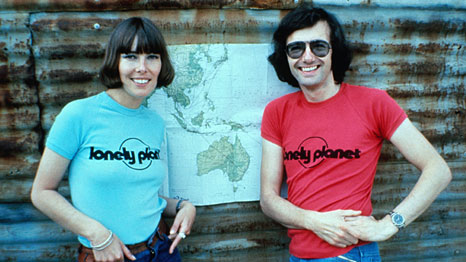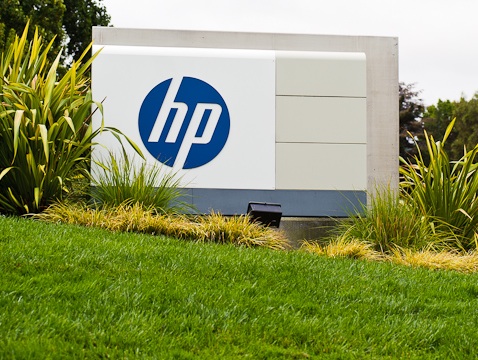This site has previously looked at the massive task facing Meg Whitman as she tries to rebuild Hewlett Packard and undo the mis-steps of the company’s previous managerial failures.
Bloomberg Businessweek goes further with a deep analysis of what went wrong for HP over the last two and Whitman’s challenges in rebuilding the business.
HP’s decline starts with the biggest mis-step of Carly Fiorina, one of Whitman’s predecessors, in selling off HPs instrumentation business in 1999.
Power in the instruments
Industrial instruments were the core of HPs business, generations of engineers and scientists knew and trusted the HP brand which was synonymous with high quality, cutting edge technology.
The proof of the instrument arm’s strength is in the subsequent share performance of the spun off company – today Agilent trades at $43 while HP wallows at $15, half of what it was worth in 1999.
Making matters worse for HP was buying into the personal computer industry just as Dell and Gateway were commodifying the market. Fiorina’s high spending ways left Hewlett Packard incapable of competing against the lean operations of their nimbler competitors.
In many respects Fiorina’s successor Mark Hurd is the IT sales guy from central casting; aggressive, an excellent eye for numbers, intolerant of (other peoples’) wasteful spending and an ego the size of Uranus.
For HP he had some good points, making executives directly responsible for their division’s performance and cutting out management consultants. Anyone who shows Bain & Co or McKinsey’s the door, is not a wholly bad guy.
Cutting costs in the driver business
In cutting costs Hurd was ruthless – the Bloomberg story tells of how he cut HP’s driver division from over 700 to 64 staff. This in itself was not a bad thing.
Those who worked on HP products remember that period well. The software that came with Hewlett Packard equipment was buggy and overblown and Hurd’s reforms bought in a real improvement as drivers went back to being simple and effective.
Cost measures though also showed in HPs products and after sales support – increasingly the company resembled Dell during the dark days of Dell Hell where buyers of shoddy equipment found themselves dealing with poorly trained support desks over low quality phone lines. Customers started to flee HP products.
The perils of stack ranking
At the same time Hurd was using the crudest management technique of all – stack ranking, the practice of culling the bottom ten percent of workers each year.
Vanity Fair’s 2012 expose of Microsoft’s decline infamously blamed stack ranking for much of that company’s woes. The problem being that defining the bottom 10% of a team invariably involves politics and staff become more obsessed with currying favour with their managers than shipping good products.
People like Steve Ballmer and Mark Hurd like stack ranking because they thrive in that environment. The paradox is that characters like Steve Jobs, Bill Gates and Mark Zuckerberg tend to be culled.
HP, and Microsoft, needed more geeks focused on shipping new products than political animals like Hurd and Ballmer but that’s not what they got.
While Hurd met his financial targets, HP’s position was becoming more fragile as cranking up margins on services and printer cartridges while slashing costs on PCs and hardware can only go so far. His implosion over his royal lifestyle was probably one of the best timed exits in corporate history.
It’s worth reflecting on Hurd’s management excesses as he slashed expenses for the lesser beings in his company, you can browse a list of his expenses at The Street. In this respect alone, Hurd personified the entitled managerial culture of modern western society.
Replacing Hurd with the quiet Leo Apotheker made sense in that the new CEO was the opposite to his predecessor, but just as he didn’t have Hurd’s ego he was also a dud who made strategic mistakes and let costs begin to slip.
In replacing Apotheker Meg Whitman has massive job ahead of her, an important part of getting HP on track is slimming down management ranks to make the company more nimble. That in itself is a big task.
The biggest task of all though is to recapture HPs position as being an innovative leader with high quality products. Over the Fiorina and Hurd years that position was squandered and replaced by companies like Cisco and Apple.
Right now it’s hard to see where HP can re-establish itself in the marketplace but the goodwill towards the company from a generation of engineers who were bought up believing Hewlett Packard means quality means the company has a chance.
Hopefully Meg Whitman is the right person to seize those chances and undo fifteen years of bad management.
Similar posts:





